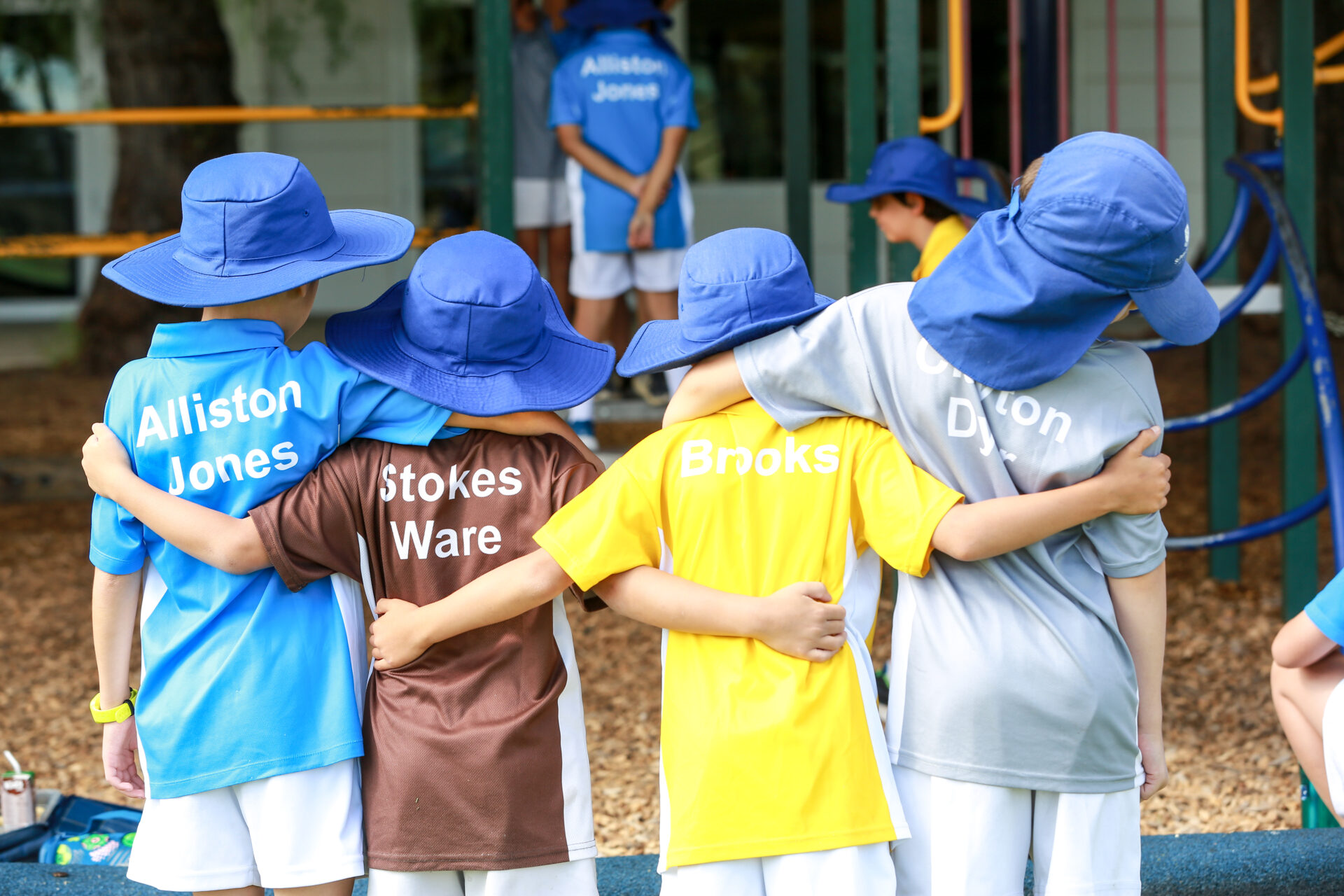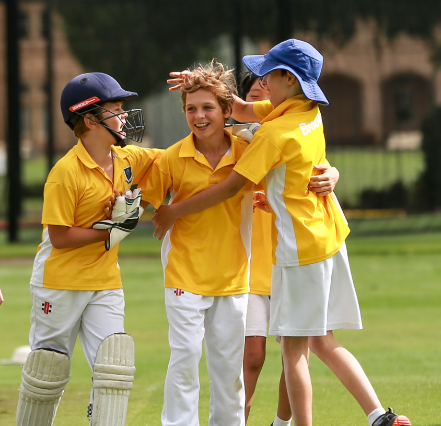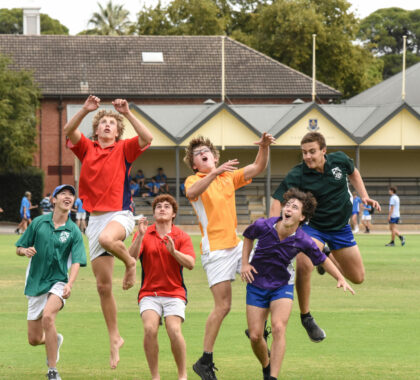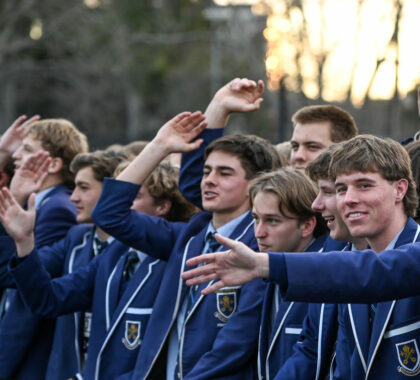Belonging and Camaraderie
Upon commencement at St Peter’s College, every student is allocated a house, each of which is led and guided by the Head of House. Boys in Prep to Year 6 are divided into four Houses to engage in inter-house competitions including sports, debating, public speaking, music and chess.
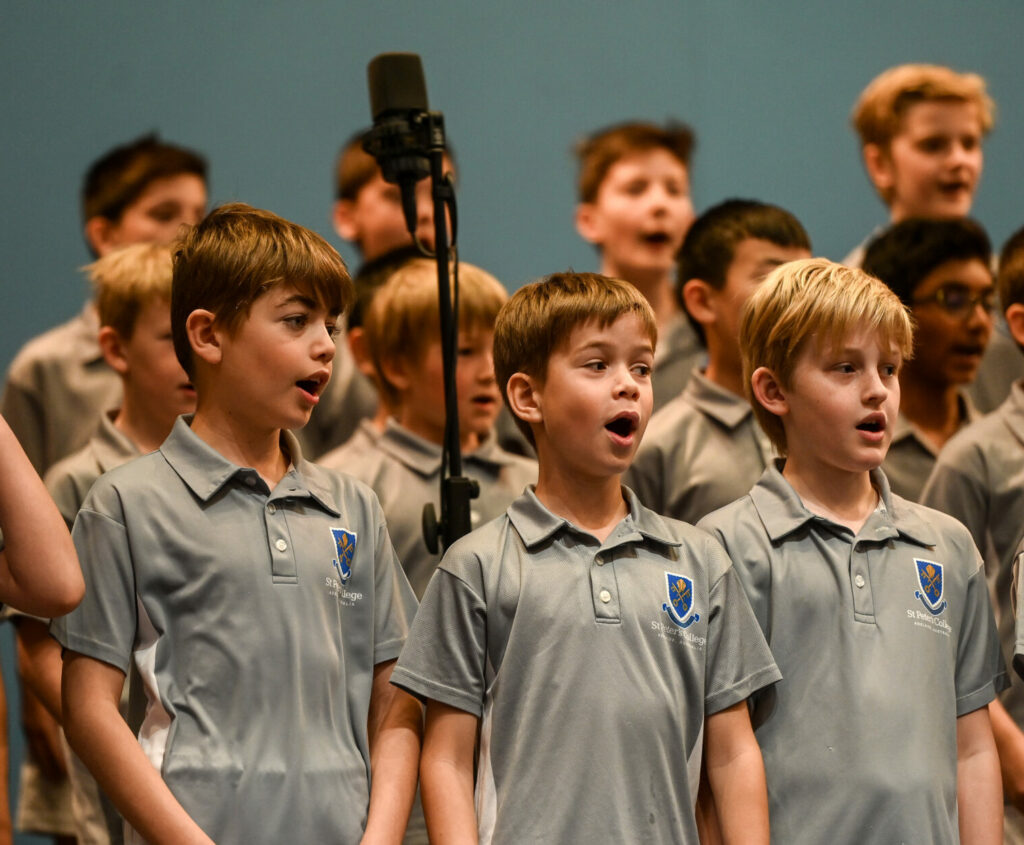
Our House System aims to:
- Increase the positive influence of the School on a boy’s character.
- Help boys meet their responsibilities in their studies, in other school activities and in the wider community.
- Instil the lasting virtues of courage, honesty, decency and loyalty.
- Foster a School spirit that expresses itself in positive relationships between boys and staff, and in sport and other activities.
- Discover and recognise the talents of each boy.
- Help students with any problems that may arise.
Provide academic, moral, social and emotional support and guidance.

Alliston-Jones
Maurice Alliston was Master-in-charge from 1963 until 1974 and introduced chess into the Prep School. Trevor Jones was appointed Master-in charge of the Prep School in 1954 and remained in the role until 1963.
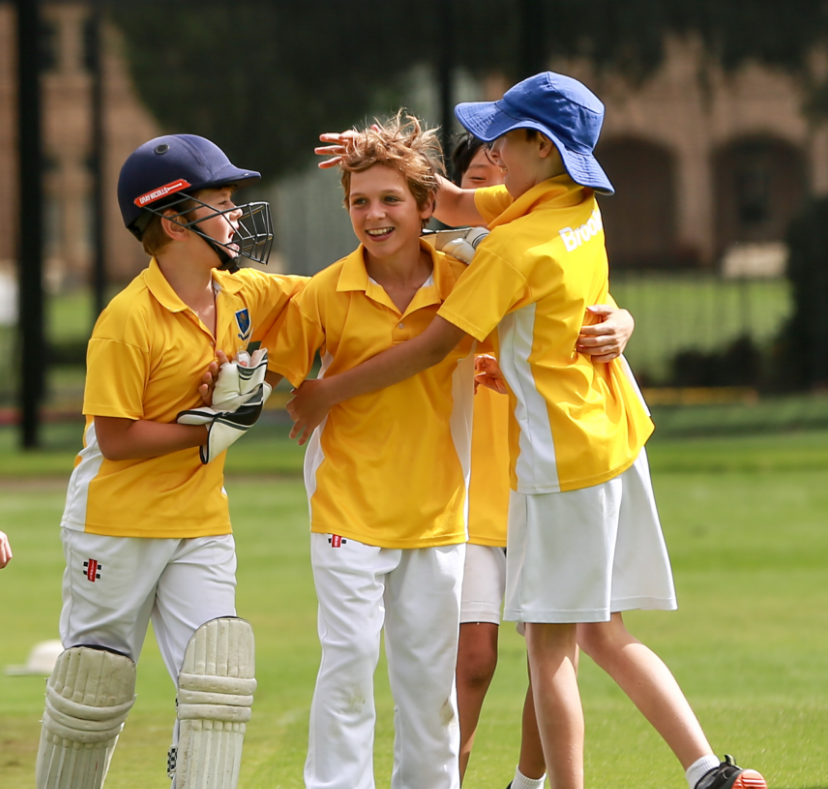
Brooks
Albert Brooks succeeded Edward Stokes as Master-in-charge of the Prep School from 1927 to 1942 and was also an old scholar.

Clayton-Dyer
Melbourne Clayton was Master-in-charge from 1943 until 1953. When he resigned he took up farming in Tea Tree Gully. Mr C Dyer was a Second Master in the Prep School from 1932 until 1949 and acted as Head of the Prep in 1949.

Stokes-Ware
Mr F Ware joined St Peter’s College in 1898 and was appointed Master-in-charge of the newly formed Preparatory School in 1910. Edward Stokes took over the position of Master-in-charge of the Prep School in 1923.
Join us at an Open Morning
Experience firsthand the soul and integrity of our School
Visit our School